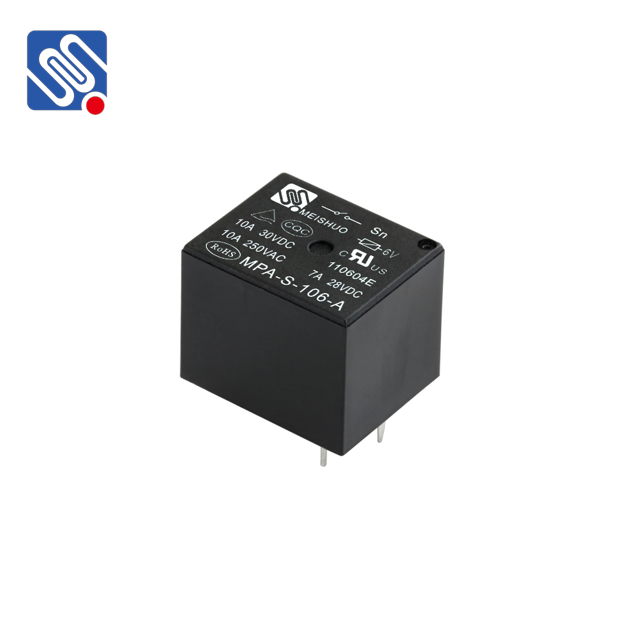understanding relay current rating: key factors and the role of meishuo
Release time:2025-04-09 07:57:14
Relays are essential components used in a variety of electrical and electronic circuits, acting as switches that control the flow of current. They play a significant role in many industries, including automotive, industrial, and consumer electronics. A crucial aspect of choosing the right relay for an application is understanding the relay's current rating. This article will delve into what a relay current rating is, how it affects relay performance, and highlight the contribution of Meishuo, a trusted name in the manufacturing of high-quality relays.

What is Relay Current Rating?
The relay current rating refers to the maximum amount of current that a relay can handle through its contacts without being damaged or operating inefficiently. In simpler terms, it indicates the amount of electrical current a relay can switch on and off safely. The current rating is usually specified in amperes (A) and is an important factor to consider when selecting a relay for a particular application. If the current rating of the relay is exceeded, it can result in contact wear, overheating, and even complete failure of the relay.
Relays are available in different current ratings, with common values ranging from fractions of an ampere to several hundred amperes, depending on the specific relay type and its intended use. For instance,
Automotive relays often have a current rating between 10 to 30 A, while industrial relays may have current ratings exceeding 100 A, depending on their application.

